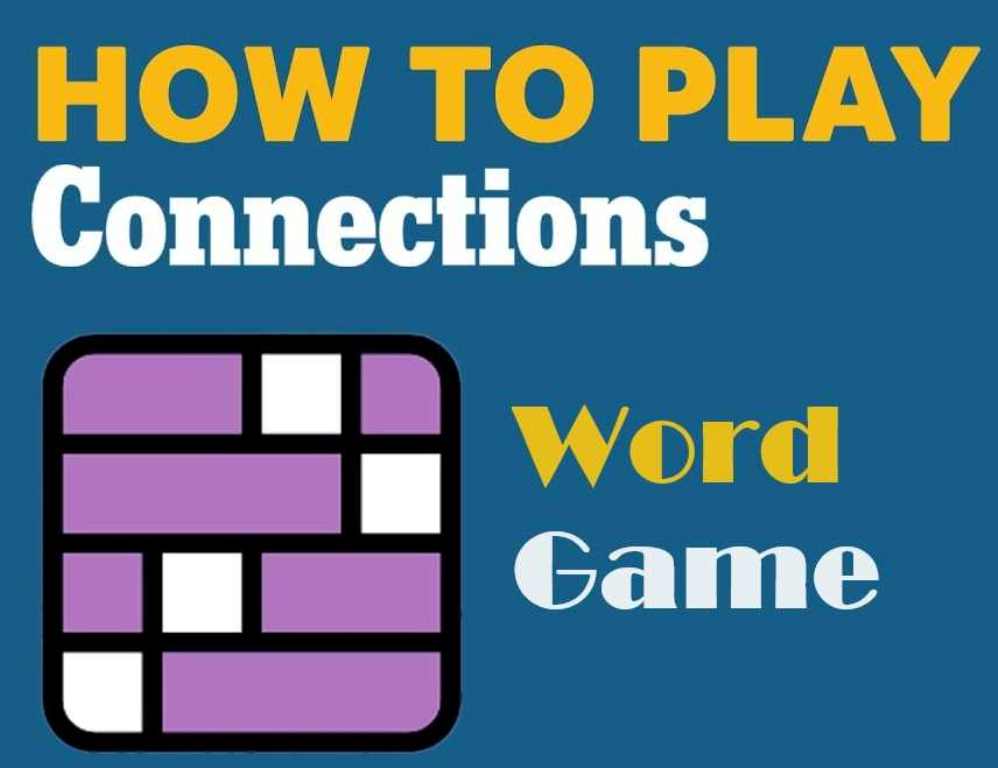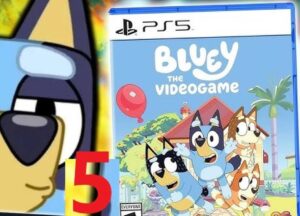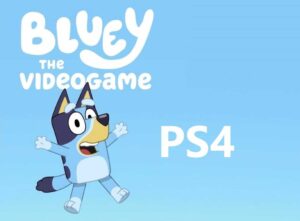
Connections is a fun and engaging word game that challenges players to use their vocabulary and problem-solving skills. It is a great way to improve your language skills while enjoying a stimulating game. This article will guide you through the rules and strategies for playing Connections, ensuring you understand how to play and win.
What Is the Connections Word Game?
Connections is a word game where players must identify groups of related words from a list. The objective is to correctly group these words based on their connections, such as synonyms, antonyms, categories, or any other logical relationship. The game is often played with a grid or list of words that players need to categorize correctly.
Setting Up the Game
1. Gather Your Materials
To play Connections, you need:
- A List of Words: This is usually provided by the game or can be created by the players.
- A Grid or Table: This helps in organizing and visualizing the connections.
- Paper and Pen: For taking notes or writing down your groupings.
- A Timer: Optional, but can be used to add a competitive element.
2. Understand the Word List
The word list in Connections is crucial for the game. Each list contains words that can be grouped based on their relationships. These relationships can be:
- Synonyms: Words that have similar meanings.
- Antonyms: Words that have opposite meanings.
- Categories: Words that belong to the same category.
- Associations: Words that are related in some way but not necessarily synonyms or antonyms.
How to Play Connections Word Game?
1. Review the Word List
Start by carefully reviewing the list of words. Look for any immediate patterns or connections. It’s helpful to write down any words that stand out or seem to belong together.
2. Identify Possible Groups
Begin grouping words based on their relationships. Here are some common types of groupings:
- Categories: Group words that fit into the same category. For example, if the list includes “apple,” “banana,” “carrot,” and “spinach,” you could group “apple” and “banana” together as fruits and “carrot” and “spinach” as vegetables.
- Synonyms: Group words that mean the same thing. For example, if the list has “happy,” “joyful,” “sad,” and “cheerful,” you could group “happy,” “joyful,” and “cheerful” together.
- Antonyms: Group words with opposite meanings. For instance, “hot” and “cold” are antonyms.
- Associations: Some words may not fit into a clear category but are associated in some way. For example, “pen,” “paper,” “book,” and “library” could be associated with writing and reading.
3. Formulate Your Groupings
Write down your groupings clearly. Use a grid or table to organize them if that helps. Here’s how you might set it up:
- Group 1: [Word 1, Word 2, Word 3]
- Group 2: [Word 4, Word 5, Word 6]
4. Verify Your Groupings
Double-check your groupings to ensure they make sense. Sometimes, it’s easy to misgroup words, so take a moment to review each category:
- Are the words in each group truly related?
- Have you missed any possible connections?
5. Test and Refine
If you’re playing with others, present your groupings and see if they agree. If not, be ready to discuss and adjust based on feedback. In a competitive setting, it’s important to refine your strategy and be open to revisiting your groupings if necessary.

Strategies for Winning Connections
1. Expand Your Vocabulary
A broader vocabulary helps you see connections between words more easily. The more words you know, the better you’ll be at identifying patterns and relationships.
2. Practice Regularly
Like any game, practice helps improve your skills. Regularly playing Connections or similar word games can sharpen your ability to spot connections and organize information.
3. Think Creatively
Connections often require thinking outside the box. Don’t be afraid to explore unconventional associations or groupings. Sometimes, the most unexpected connections are the correct ones.
4. Work Systematically
Approach the word list systematically. Start by grouping obvious connections first and then tackle the more challenging ones. This helps in organizing your thoughts and reducing confusion.
5. Use Contextual Clues
Sometimes, the meaning of a word in context can provide clues about its connections. Pay attention to how words are used and any subtleties in their meanings.
Advanced Tips and Techniques
1. Categorize Words in Multiple Ways
A word might fit into several categories. For example, “bat” can be a sports item or an animal. Consider all possible groupings before finalizing your choices.
2. Look for Hidden Patterns
Sometimes, words have connections that aren’t immediately obvious. For example, words might be connected through a shared theme or historical reference. Look for these hidden patterns.
3. Practice with Different Word Lists
Exposure to various word lists can help you become more adept at spotting connections. Try practicing with different types of word lists to expand your skills.
4. Play with Others
Playing with others can expose you to different perspectives and strategies. Collaborating or competing with friends can help you learn new techniques and improve your gameplay.
5. Analyze Past Games
Reviewing past games can provide insights into your strengths and areas for improvement. Analyze your past groupings and see where you made errors or could have made better connections.
Common Mistakes to Avoid
1. Overthinking Connections
Sometimes, the simplest connections are the correct ones. Avoid overcomplicating your groupings. Stick to straightforward relationships when possible.
2. Ignoring Context
Ignoring the context of words can lead to incorrect groupings. Always consider how words might be related based on their meanings and uses.
3. Rushing
Taking your time to review and verify your groupings is crucial. Rushing can lead to mistakes and missed connections.
4. Neglecting to Check Feedback
If playing with others, take their feedback seriously. They might point out connections you missed or suggest better groupings.
Conclusion
Playing Connections is a great way to challenge your mind and improve your language skills. By understanding the rules, practicing regularly, and using effective strategies, you can enhance your ability to identify and group related words. Whether playing casually with friends or competitively, mastering Connections can be both fun and rewarding. Remember to think creatively, work systematically, and enjoy the process of discovering connections between words.



